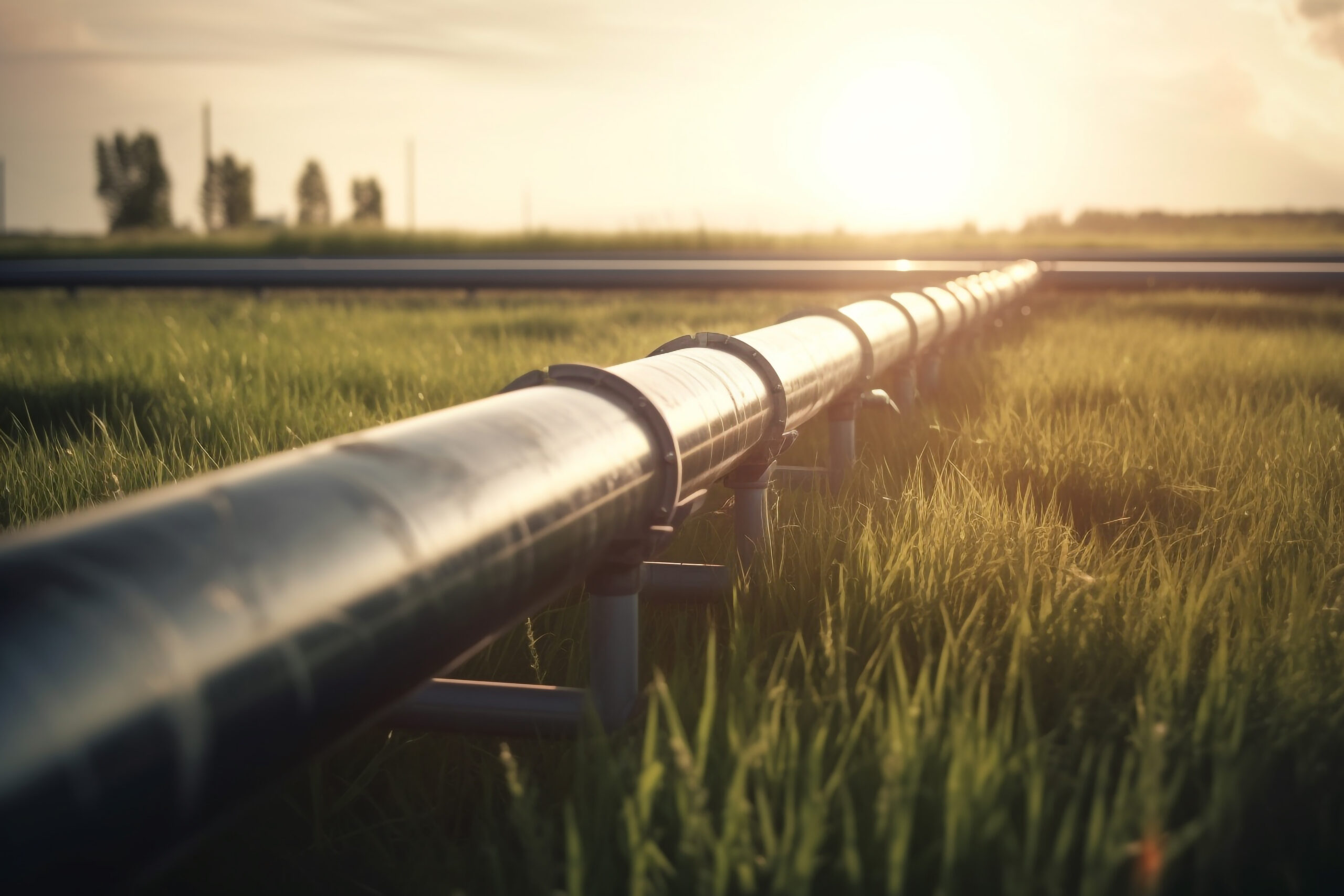Gulf-Europe hydrogen pipeline viable: study
A hydrogen pipeline from Gulf countries to Europe might represent one of the most cost competitive options on the table amid targets to import 10 million tonnes of the fuel to Europe by 2030 as part of energy transition targets, experts said.

Countries including Qatar, Saudi Arabia and Egypt could supply a combination of blue and green hydrogen to Europe at levelized cost of delivered hydrogen (LCDH) of €2.3-2.7/kg respectively by 2030, with green hydrogen also reducing to €2.3/kg in the longer term, according to a study published in June by inspection and certification company RINA and consultancy AFRY.
Pipeline transport costs would account for around €1.2/kg.
The pipeline, estimated to cost €28 billion, could transport 100 TWh or approximately 2.5 million tonnes of hydrogen annually, with the potential to further expand capacity by adding additional pipelines with similar technical characteristics, according to the study.
One potential route would see the pipeline cross Saudi Arabia and Egypt into the Mediterranean Sea and landing in Greece. From there, the hydrogen could be transported further North either through Italy or through Eastern European countries.
Europe is aiming to reach 10 million tonnes per year of green hydrogen production by 2030 as part of its hydrogen strategy. At the same time, it will need to supplement domestic production with imports to meet projected demand.
Geographies including South America and Africa are expected to become key suppliers of hydrogen to Europe in the coming decades.
Along with those areas, the Gulf region is set to become a leading global producer of green and blue hydrogen, ammonia and other synthesis products, part of which could be exported to Europe, the study suggests.
Countries including Qatar and Saudi Arabia could leverage both their natural gas reserves as well as renewable capacity to produce hydrogen destined to Europe, Andrea Bombardi, executive vice president in charge of low carbon technologies strategy at RINA told Gas Outlook.
While hydrogen is initially expected to be transported in liquid form by ship, a pipeline would allow the transport of “large quantities of hydrogen at competitive prices, similarly to what happens for natural gas compared to LNG,” he said.
Moreover, it would allow a continuous flow of fuel.
A potential pipeline bringing natural gas to Europe from Eastern Mediterranean countries has been on the table for some time as Europe looks to diversify its supply flows against the backdrop of the Russia-Ukraine war.
However, a hydrogen pipeline would provide a viable alternative to natural gas and to hydrogen transported by ship, the study suggests.
While the EU is not currently considering subsidies to this type of project, they might be considered as part of the EU’s wider strategy to promote a hydrogen economy, he added.
Pipeline hydrogen most competitive
“There are several large scale projects in Egypt and the Middle East that would benefit” from a Gulf-Europe pipeline route, making the hydrogen imported from this geography among the most competitive, Flor de la Cruz, principal research analyst, hydrogen & derivatives at Wood Mackenzie, told Gas Outlook.
Overall, “transporting hydrogen by pipeline is one of the cheapest way to transport hydrogen,” she said.
Pipeline transport costs could be as low as €0.20 – 0.50 /kgH2 “as opposed to nearly doubling the cost of hydrogen if it’s transported by ship as ammonia, liquid or methanol,” she added.
At the same time, challenges around hydrogen demand remain as “pipeline developers still don’t have a clear picture.”
Developers “want to see firm offtake agreements before committing to developing a hydrogen pipeline” and are faced with high CAPEX costs as well as potential permitting issues,” she added.
Overall, “regional competition in the hydrogen market in the MENA is just taking shape… One will need to assess realistically how quickly the demand side is developing in Europe, and how much the growing consciousness around supply chain security might impact the H2 delivery, from production to delivery,” geopolitical analyst Botond Feledy told Gas Outlook.
Among producing countries in the Gulf region, Saudi Arabia’s “blue and green hydrogen capacity is enormous” and “its already existing infrastructure and experience would make the shift (to producing hydrogen) easier compared to countries just entering the race in the sunbelt,” he continued.
Geopolitical tensions
On the other hand, while geopolitical tensions in the area have eased in recent years making a pipeline project more feasible “such a pipeline project would still compete with the Israeli plans to export more fossil fuels and potentially, later hydrogen to Europe from the offshore fields as much as with the promising discoveries around Cyprus,” he argued.
Moreover, “the Sinai has been always a hot spot for radical groups in Egypt, which poses certain risks to any large infrastructure project passing through the Sinai to Port Said.”
Qatar on the other hand is in the “best position to enter blue energy production” including ammonia and hydrogen “as their legacy infrastructure of fossil fuels and smaller territories compared to Saudi Arabia creates a stronger path-dependency on using the remaining fossil fuel reserves,” he said.
“Qatar pledged to enter blue ammonia production with a facility by 2026” and “carbon storage technology will help Qatar to reduce CO2 emissions when still relying on its fossil fuel reserves,” he added.
On a wider geopolitical level, “the Middle East was the most important region for the Belt and Road Initiative, proportionately speaking…it’s not clear yet how much the hydrogen production will fall into the logic of the geopolitical bloc construction and how the US-Chinese competition will influence and impact dealings of third countries in the renewable energy sector and technology,” he said.
